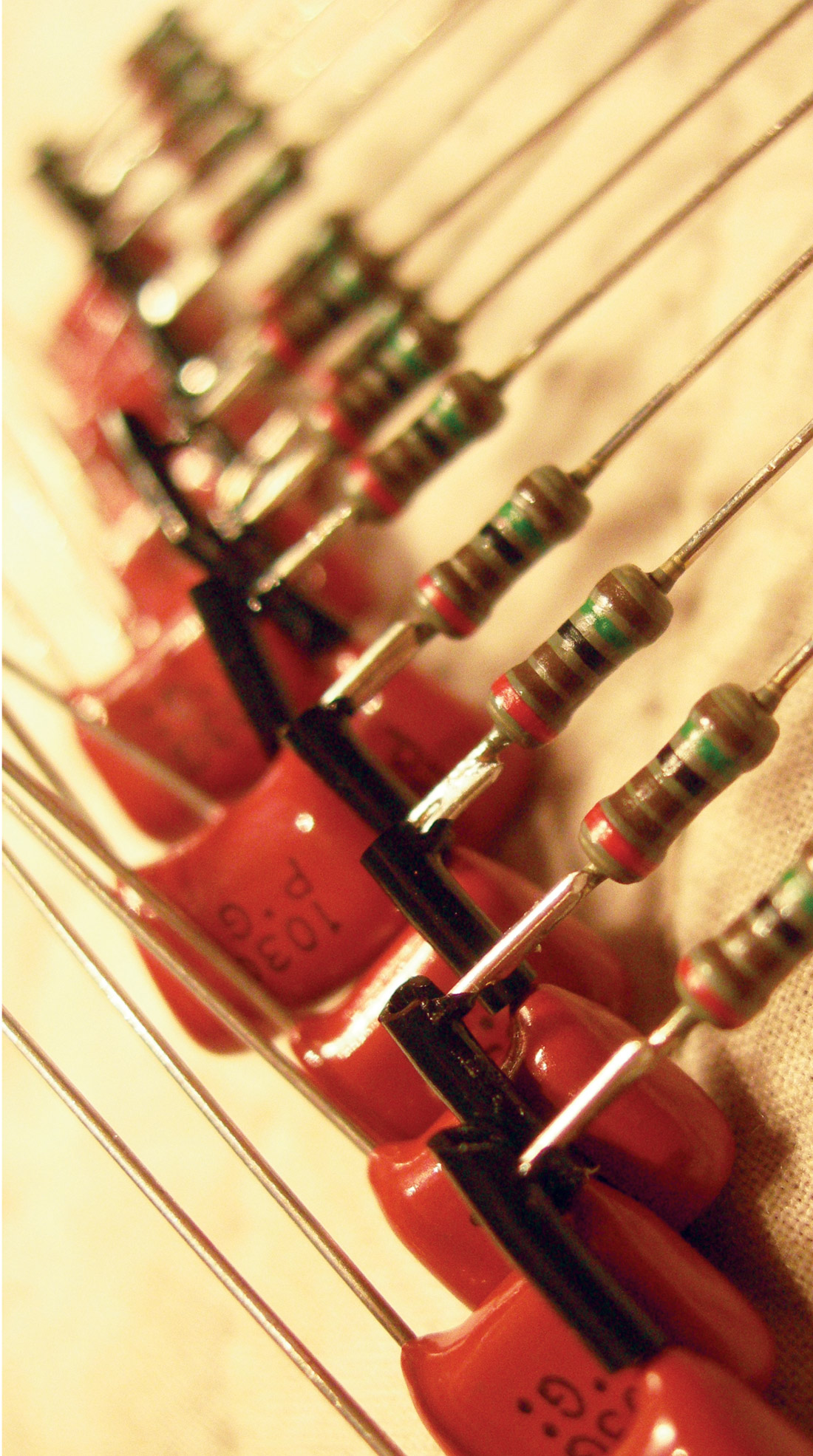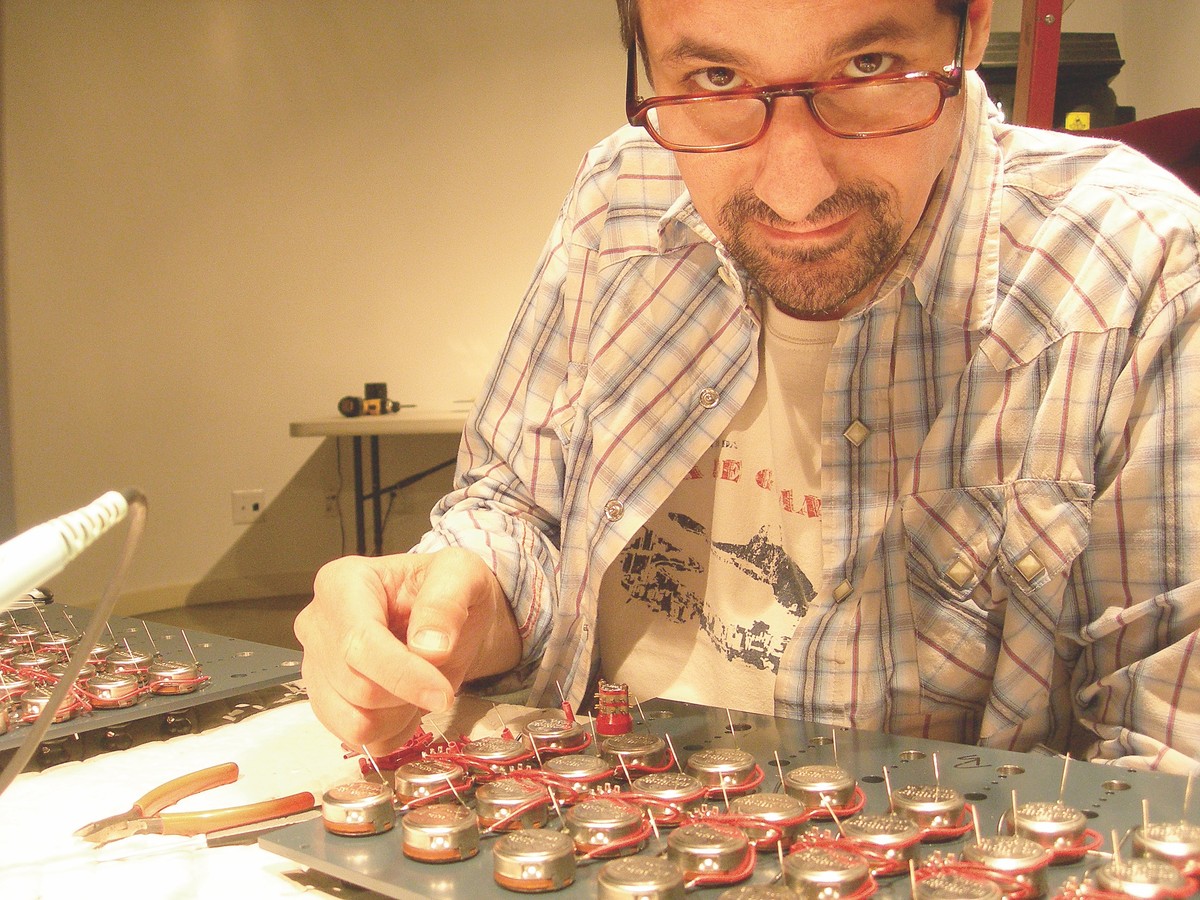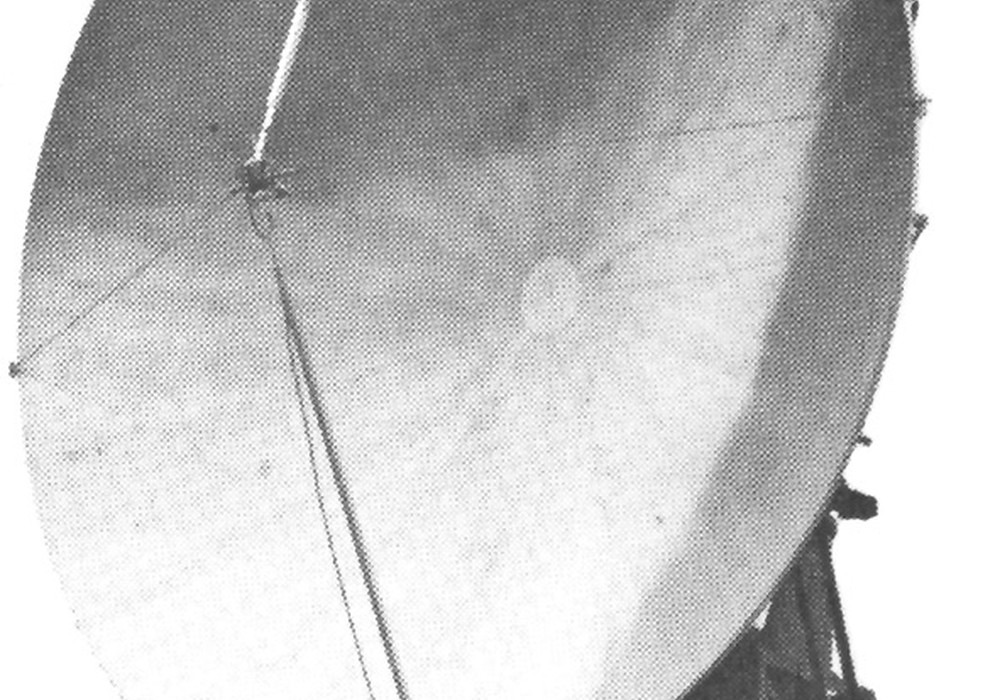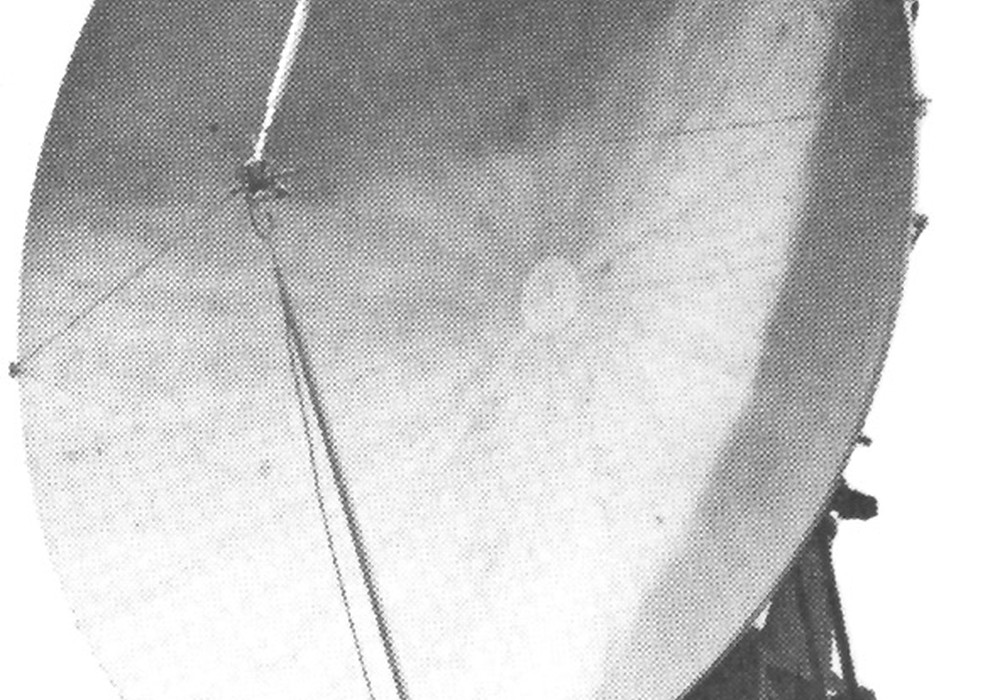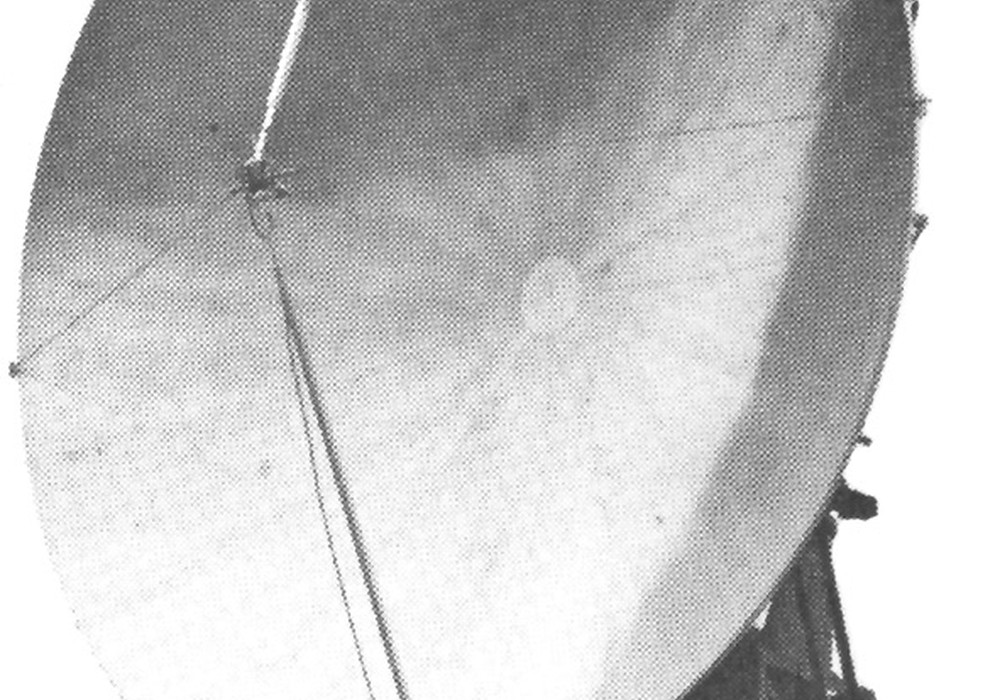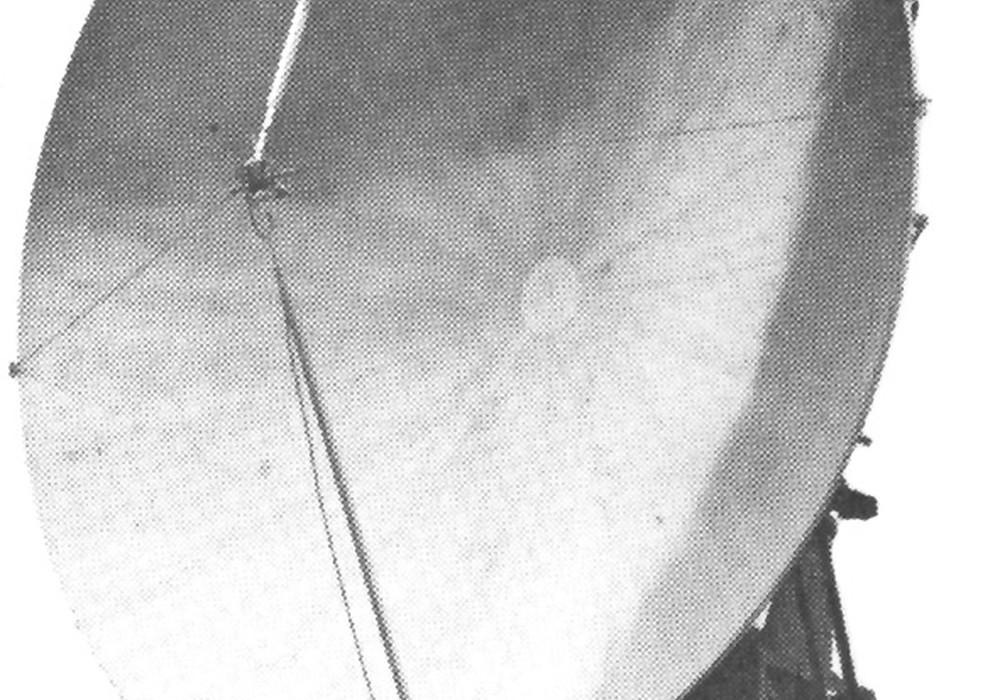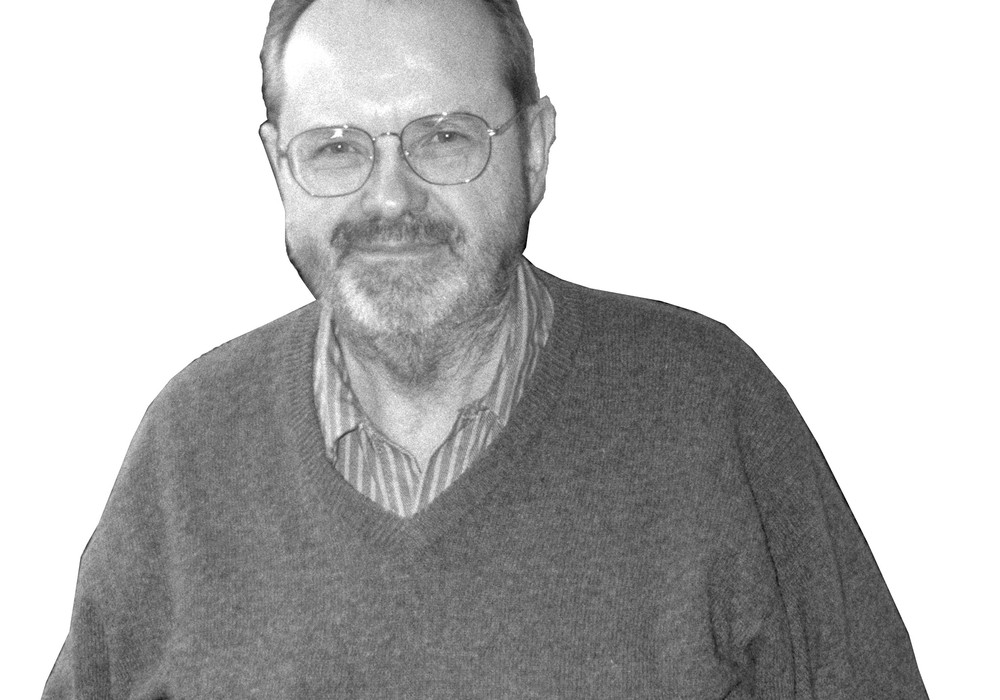If you look back over the history of recording studios, you soon realize that in the '40s and '50s engineers used to have to custom build their own mixing consoles. Nobody was selling "ready-to-go" boards for recording purposes back then. What a difference to the world of today. One afternoon I meet this engineer/producer, Dan Garcia, through a former client of mine, Arrica Rose. Dan had produced and recorded her recent album, La La Lost. So he mentions that he's built his own console and uses it at his Radio Hill Recorders. I'd always wanted to tackle the same project, but didn't have the time or gumption to really do it. Plus I've only become worse at soldering over the years. So I asked Dan a few questions and told him to interview himself for Tape Op, because I'm sure this was a crazy experience and maybe he'd have some warnings and wisdom for anyone thinking of attempting this themselves. Me? I'd never try doing this at home. No way. -LC
When did you start thinking about building a console?
I was really lucky to work at Bill Schnee Studio when I first moved to Los Angeles. They were just at the end of building the studio and installing Bill Schnee's custom console. Bill started me on the path of not taking anything for granted. He would listen to everything, constantly comparing one mic with another, every placement and each preamp. Mastering engineer Doug Sax, recording technician Steve Haselton and recording engineer and tech Bud Wyatt would stop in and spend endless hours listening to multitrack machines, tape, transformers and even wire! When I first started working there I couldn't tell what they were listening for, but Bill would say, "Listen to this mix on Tape A. Where is the hi-hat? Now listen to the same mix on Tape B and you'll see how it comes into focus. You can hear the space around it." Schnee obsessed over little things that seemed inconsequential, but were the key to fidelity and detail. When I first showed up, Supertramp was finishing up Famous Last Words. They had spent a week in the studio listening to snares — nothing but snares. I'm glad those days are over, but there is still something amazing about the passion to get things as excellent as possible. Just about every piece of gear in that place was scrutinized to the Nth degree. If there was a way to improve it, they would. Bill Schnee Studio has a main console and this super- simple, 24-input monitor section side car, which sounds fantastic There is hardly any circuitry to muddy things up. For the longest time I thought, "That's the console I want to build."
In the age of Pro Tools, why did you build an analog console?
Most of the records I work on are recorded into Pro Tools, and I've felt for a long time that mixing in the box brings out some of the biggest problems with Pro Tools. Early on in the 16-bit days, Rhett Lawrence and I were working on an Earth, Wind & Fire record. He would align all the kick and snare attacks on the same sample of each beat. Anytime the kick and snare would hit together it would clip the output bus. I would solo one or the other and it would be just fine, but not together. After a bit of research we discovered that the internal bus of Pro Tools was something like 26 or 28 bits. If the kick and snare were both fully modulated they would add up to 32 bits and would not fit through the bus without clipping. This led me to try summing out of the box, and I've never gone back. As long as the summing mixer has better headroom than the output of your workstation, you'll most likely hear an improvement summing out of the box. There are many summing boxes out there now and some sound really good, but some are pretty bad. At the point that you get to choose the flavor of the all-important analog portion of your signal path, why wouldn't you choose the fattest, juiciest you can get? On occasion I would need to do a mix in the box and sure, by the time of Pro Tools HD, Digidesign made huge improvements in the internal summing. But the same principles still apply — the better they get the summing, the better it sounds mixing in the box and therefore, it will sound even better out of the box. In addition, I still use a pretty good amount of analog outboard gear, and interfacing all of it with an analog console just makes more sense. I do my automation in Pro Tools, but I still do a bit of hand mixing. Glyn Johns used to say, "Never mark your fader levels and always keep your mix moving." And even now to a degree, I'll mix with that in mind. Bill Schnee always told me to ride the vocals as you print. Everything else you change in the mix will change the vocal balance. I'll usually ride the vocals and tonal instruments while I'm printing the mix.
The rest of this article is only available with a Basic or Premium subscription, or by purchasing back issue #71. For an upcoming year's free subscription, and our current issue on PDF...
Or Learn More
